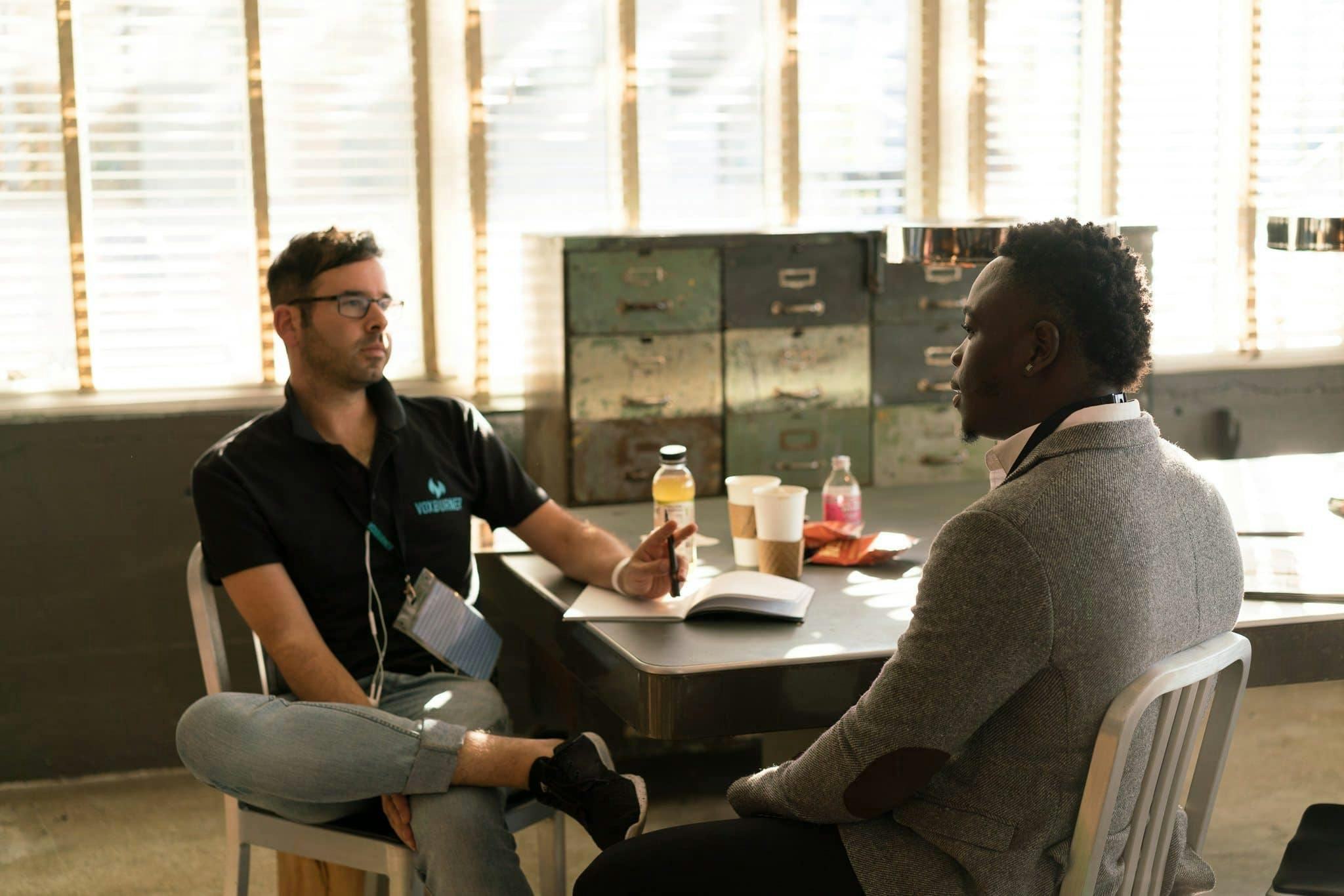What is resilience and how do we get it?
By Melissa Harries (BPsychHons, MPsychOrg)
There have been some really helpful changes in the business of resilience over the last 10 years. I have seen organisations move away from “we want employees to be more resilient” towards “how do we better support the mental health of employees”. Good mental health and resilience tend to be synonymous and the driving force of the Safework Code of Practice for managing psychosocial hazards has certainly helped here. Its really hard to be resilient when you work in an environment that is psychologically hazardous. And so I want to preface this discussion by first acknowledging that the environments we find ourselves in especially at work and family of origin, have a huge impact on individual resilience.
That said, why do some individuals cope better than others with the rigors of the workplace? Resilience, like other competencies, is something we can practice. Its something that grows with time by choosing to feel uncomfortable, learning a variety of skills to manage thinking and feeling under stress and testing our stress tolerance in bigger and more demanding ways over time.

In order to do this resilient people:Are willing to tolerate feeling bad. They see the emotions as necessary in order to move towards goal or act in line with values.
Now, growing resilience should be done in a strategic fashion. If you bite off more than you can chew the result can be the opposite – where people feel more vulnerable rather than stronger. Start small and build up. For example, if you get very nervous public speaking and avoid it, don’t jump in the deep end by given a presentation to a 250 person audience at a conference (I mean, you can but its risky). Its better to slowly build up your confidence and competence by starting as easy as possible and making the challenge more demanding one step at a time. You might start by giving a pre-prepared 2 minute talk to your boss, sitting down, reading from your notes verbatim. Then you might do the talk standing up with notes. Then standing up with no notes. You can increase the degree of difficulty one step at a time. Your sense of confidence and competence will grow but you may not feel less anxious. The willingness to tolerate discomfort in order to pursue your goals remains key.It helps to be able to assess whether your current resilience strategies are effective. The things that you did to cope with arguments with parents as a kid are probably still in your repertoire but are they serving you well when you have conflict at work or a tiff with your partner? Part of building resilience is knowing what works for you, what doesn’t and setting deliberate practice intentions to fill the gaps. We use an evidence informed self reflection tool in our Psychological Skills workshops but you can access a free abbreviated version here.
So, why are some people more resilient? Its usually about having more practice being resilient. A capability that we can choose to work on every day.Contact us at Mindset Training for more information on how to support the resilience of your team.




